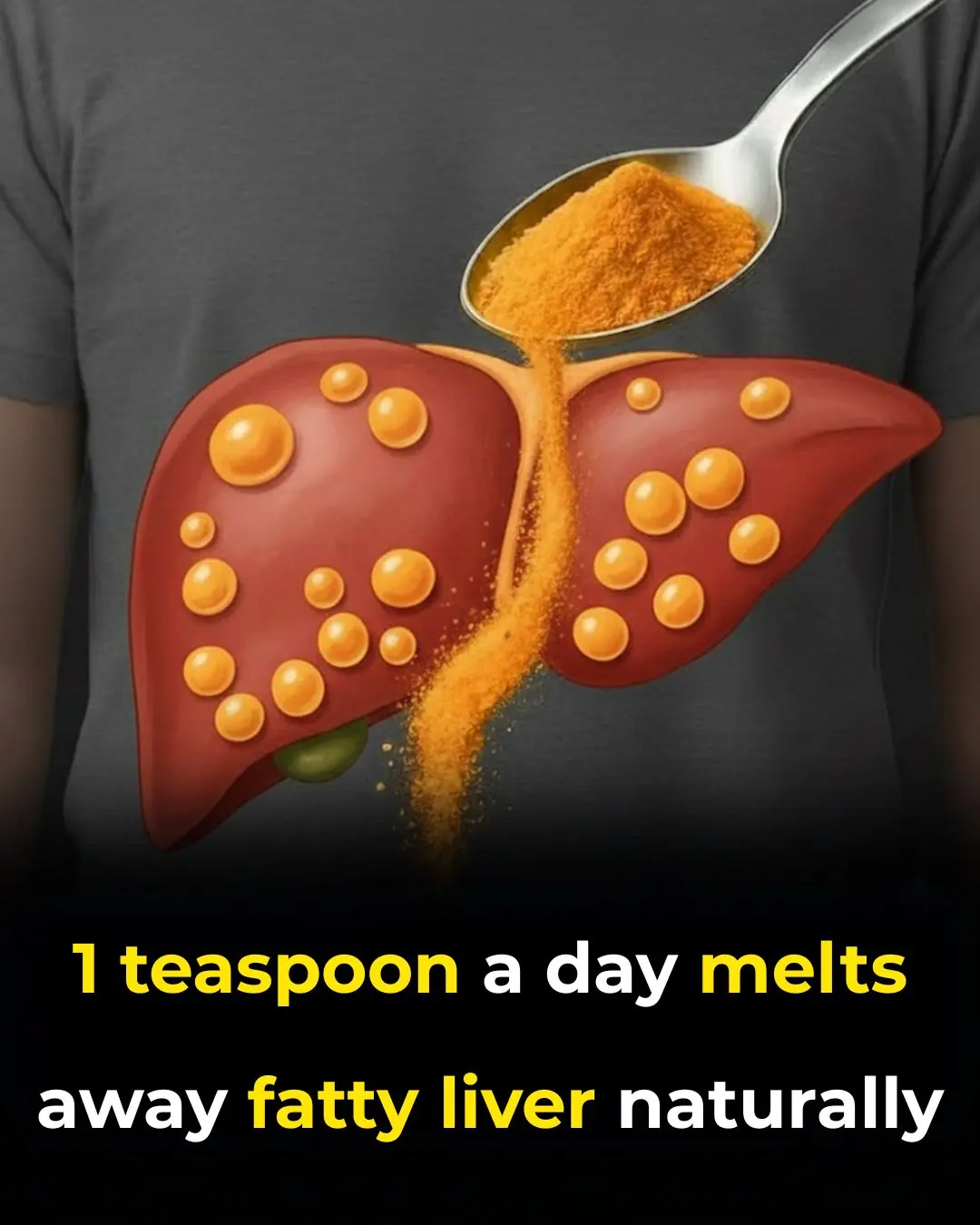
Why Bees Land on Fresh Laundry: Understanding Their Attraction and How to Prevent It
If you’ve ever hung freshly washed clothes outside to dry—especially on a warm, sunny day—you’ve likely noticed a few unexpected visitors. While insects in general are drawn to outdoor laundry, bees are among the most surprising guests. Many people panic when they see bees hovering around shirts, towels, or even underwear fluttering on a clothesline. Yet this phenomenon has a surprisingly simple explanation rooted in nature. Bees are incredibly sensitive to scents, colors, and environmental cues, and sometimes clean laundry checks all the boxes that signal “food source” to them.

Understanding why bees land on clothes can help reduce alarm and prevent unnecessary stings. More importantly, it can help us appreciate these beneficial insects while keeping our laundry bee-free.
Scent Attraction: When Laundry Smells Like Flowers
Bees depend primarily on their sense of smell to navigate the world. Their antennae detect thousands of scent compounds, including floral fragrances, pheromones, and even chemical signals from their hive. Because of this heightened sensitivity, the smell of freshly washed laundry can easily confuse them.
Modern detergents and fabric softeners often contain fragrances inspired by nature—think lavender, rose, jasmine, citrus, and other floral or fruity scents. To a human nose, these scents simply make clothes smell clean and pleasant. To a bee, however, they can mimic the aroma of nectar-producing flowers.

Imagine a bee flying through a garden. It picks up the scent of what seems like a cluster of blossoms, follows the trail, and lands—only to discover a cotton shirt or a towel instead. The bee may crawl around exploring, trying to locate the nectar source that its instincts tell it should be there. Once it realizes the mistake, it usually moves on.
Even unscented laundry products can attract bees if they contain subtle botanical notes or if the fresh air adds a natural smell that resembles blooming plants. Additionally, freshly washed clothes can carry moisture that amplifies any remaining scent, making them particularly tempting.
Color and Visual Signals: How Fabrics Mimic Flowers
Bees don’t see color the way humans do. Their vision is tuned to blue, green, and ultraviolet light—spectrums that help them locate flowers. Certain fabric colors, especially light or bright ones, can reflect sunlight in ways that resemble petals or pollen-rich blossoms.
For example:
- White and yellow fabrics can appear similar to daisy-like flowers.
- Pastel pinks, purples, and blues mimic many nectar-producing species.
- Clothes with floral patterns may literally look like flowers from the bees’ perspective.
When sunlight enhances these colors, it creates even stronger visual cues. On hot days, heat radiating from the fabric can also contribute to the illusion. A combination of scent, color, and warmth makes laundry a highly attractive landing zone for curious bees.

Behavioral Curiosity: Bees Are Investigators by Nature
Bees are not only hardworking pollinators but also naturally curious creatures. Part of their daily routine involves exploring new scents and colors in search of nectar sources. A clothesline filled with fluttering fabrics is almost like a field of unfamiliar flowers.
Most bees do not land with the intention to sting. Instead, they investigate by gently touching down, crawling a bit, and using their antennae to gather information. If they sense no nectar, pollen, or defensive threat, they leave peacefully.
This curiosity helps bees survive, but it can startle people who fear being stung. It’s important to remember that bees typically sting only when threatened or startled—such as if they are accidentally brushed, pinched, or trapped within clothing.
Is It Dangerous? Understanding the Risk
While seeing bees on laundry can feel alarming, the actual risk is low. Bees are defensive, not aggressive. They will sting only if they feel they are in danger. If you notice them on your laundry:
- Avoid shaking clothes vigorously.
- Let bees leave on their own.
- If necessary, gently blow on them or lift the fabric calmly.
The real danger arises when a bee becomes trapped in a sleeve, pant leg, or towel. Always shake out laundry before bringing it inside, just in case a bee or other insect is hiding within the folds.

Practical Tips to Prevent Bees From Landing on Laundry
Fortunately, there are simple ways to reduce or even eliminate bee visits without resorting to harmful measures:
- Use unscented or lightly scented detergents: Fragrance-free products are less confusing to bees.
- Avoid strongly floral fabric softeners: These are the biggest triggers for bees looking for nectar.
- Hang clothes in shaded areas: Colors are less reflective and scents don’t carry as far in the shade.
- Choose darker fabrics when drying outside: Bees are less attracted to dark or earthy colors.
- Dry clothes indoors during peak bee activity: Late mornings and early afternoons are when bees forage most actively.
- Shake clothes thoroughly before folding or bringing them indoors: This ensures no bee is accidentally carried inside.
Conclusion
Bees landing on freshly washed laundry may seem strange, but it’s entirely natural. Their remarkable sense of smell and unique vision lead them to mistake scented, brightly colored fabrics for flowers. While their presence can be surprising, bees mean no harm—they’re simply following their instincts.
By understanding the reasons behind this behavior and making small adjustments to how we wash and dry clothing, we can coexist peacefully with these valuable pollinators while keeping our laundry fresh, clean, and bee-free.
News in the same category


Doctors Discover First-Ever Live Worm Found in a Human Brain: A Historic Medical Case in Australia

What Are the “Black Triangles” Between Your Teeth

12-Year-Old Innovator Creates Low-Cost Virus-Removing Air Filter Adopted Across Connecticut

Billionaire Judy Faulkner, 82, Commits to Giving Away 99% of Her $7.8B Fortune

The Curious Story Behind "Ancient Lights" in UK Property Law

From Precarious to Prosperous: Denmark’s Approach to Entry-Level Jobs

California’s Solar-Canal Initiative: A Game-Changer for Clean Energy and Water Conservation

Nevada Teen Shows Extraordinary Love, Buys Mom a Chevrolet Metro

The Greenland Shark: A Creature That May Have Lived Through the 1600s

Steve Ballmer’s $170 Million Annual Commitment to Early Childhood Education in Washington State

Why Germany’s Animal Shelters Are Virtually “No‑Kill” — And How the Law Makes It So

Steven Pruitt and the Power of Volunteer Knowledge
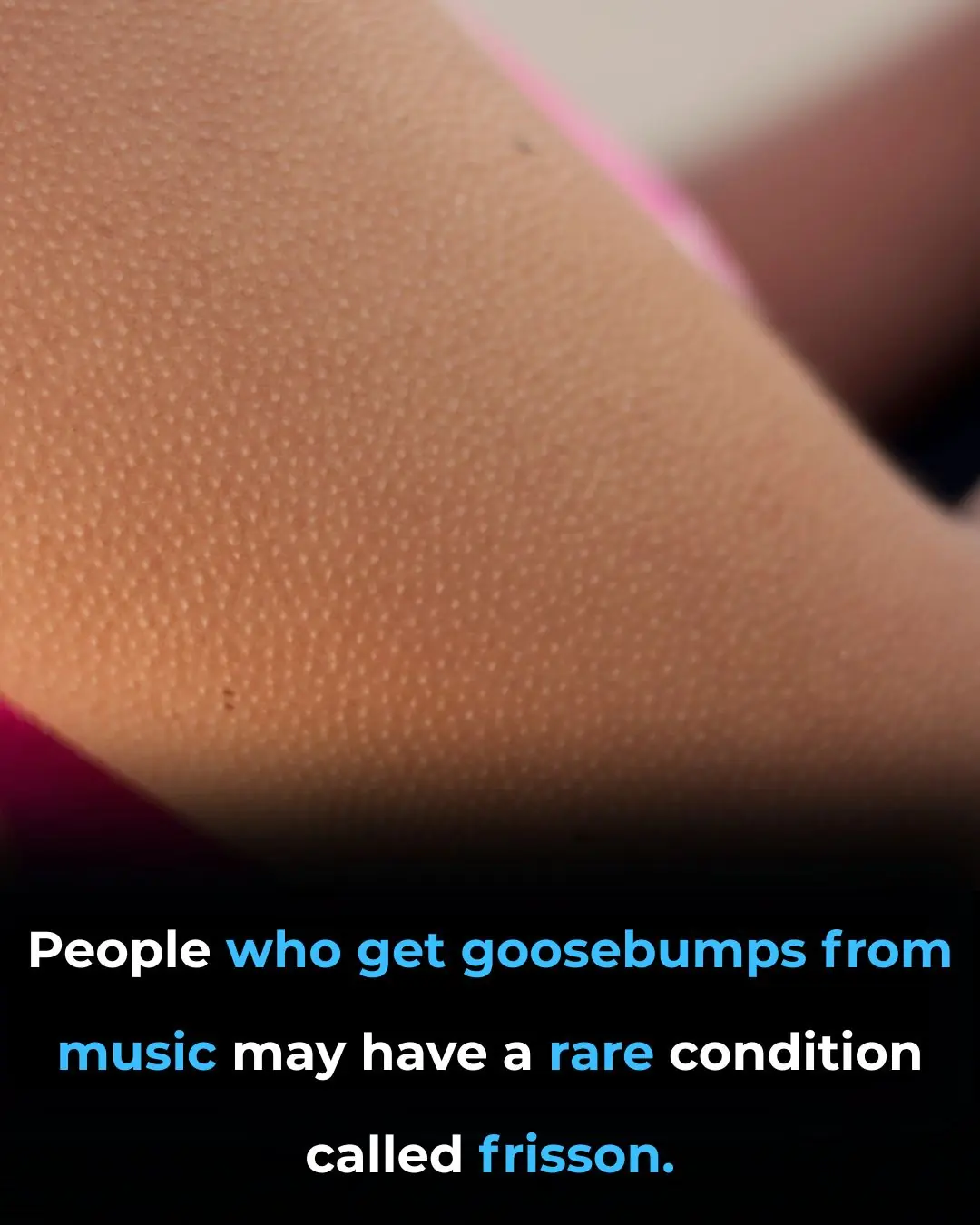
Frisson: The Science and Sensation of Goosebumps from Music and Art

A Ride for Hope: How One Afghan Father Is Transforming His Daughters’ Future
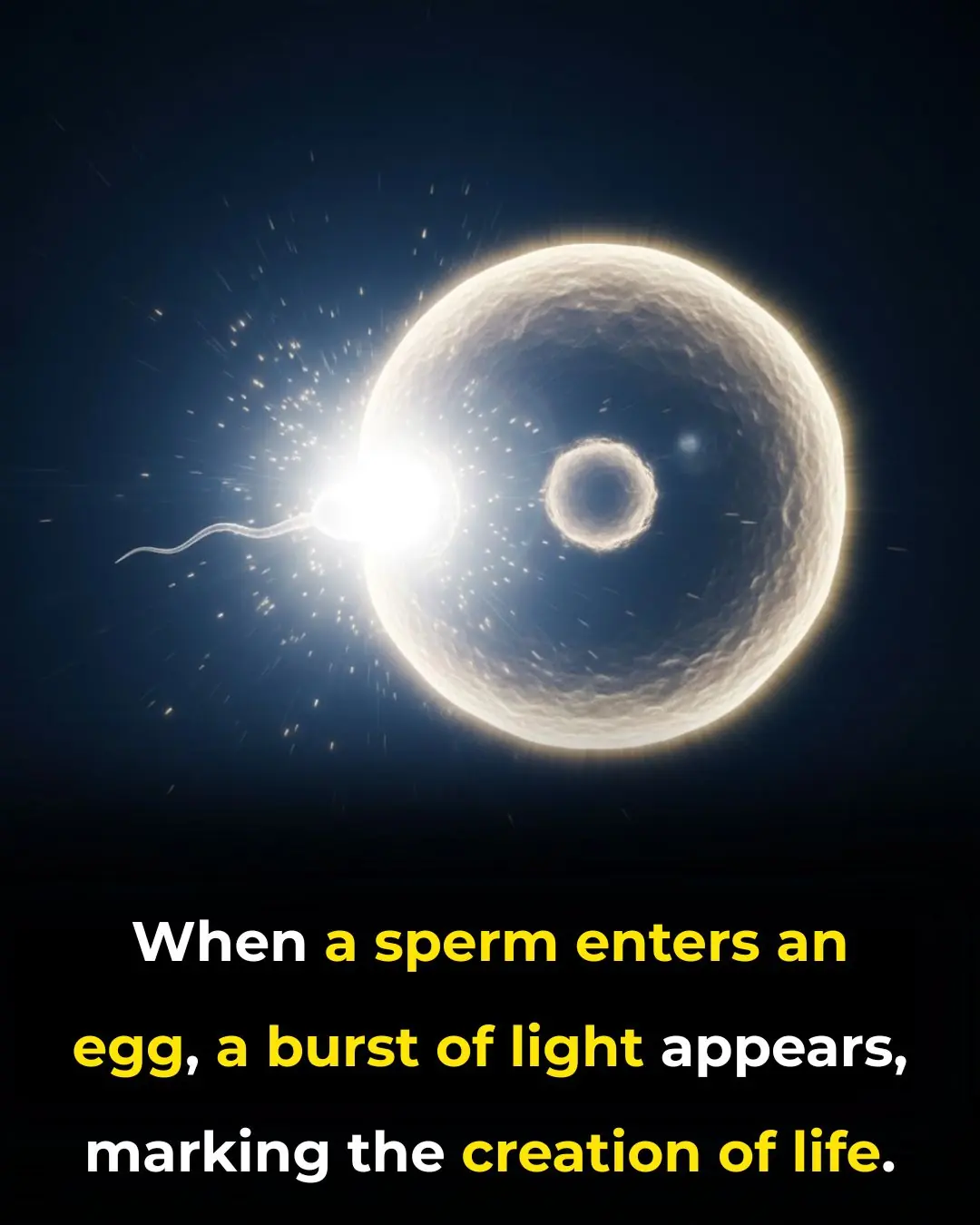
When Life Begins With a Flash: Understanding the Zinc Spark Phenomenon

From Endangerment to Recovery: The Remarkable Journey of the Haleakalā Silversword

Closing Prisons, Strengthening Communities: The Netherlands’ Remarkable Shift
News Post

A Simple Sock Trick to Clean Dusty Window Blinds with Almost Zero Effort

Kamala Harris Sparks National Conversation on Lowering the Voting Age

🧠✨ Stunning MRI Images Reveal the Hidden World of Babies in the Womb

Doctors Discover First-Ever Live Worm Found in a Human Brain: A Historic Medical Case in Australia

Barrow Enters Extended Polar Night, Offering Insights into Arctic Life and Climate Research

A Common Mistake When Storing Meat in the Fridge Can Spread Bacteria and Cause Food Poisoning

What Are the “Black Triangles” Between Your Teeth

7 Foods That Can Last for Years: Still Safe to Eat Even After the Expiry Date

Roll your feet daily—unlock rapid healing throughout your body!
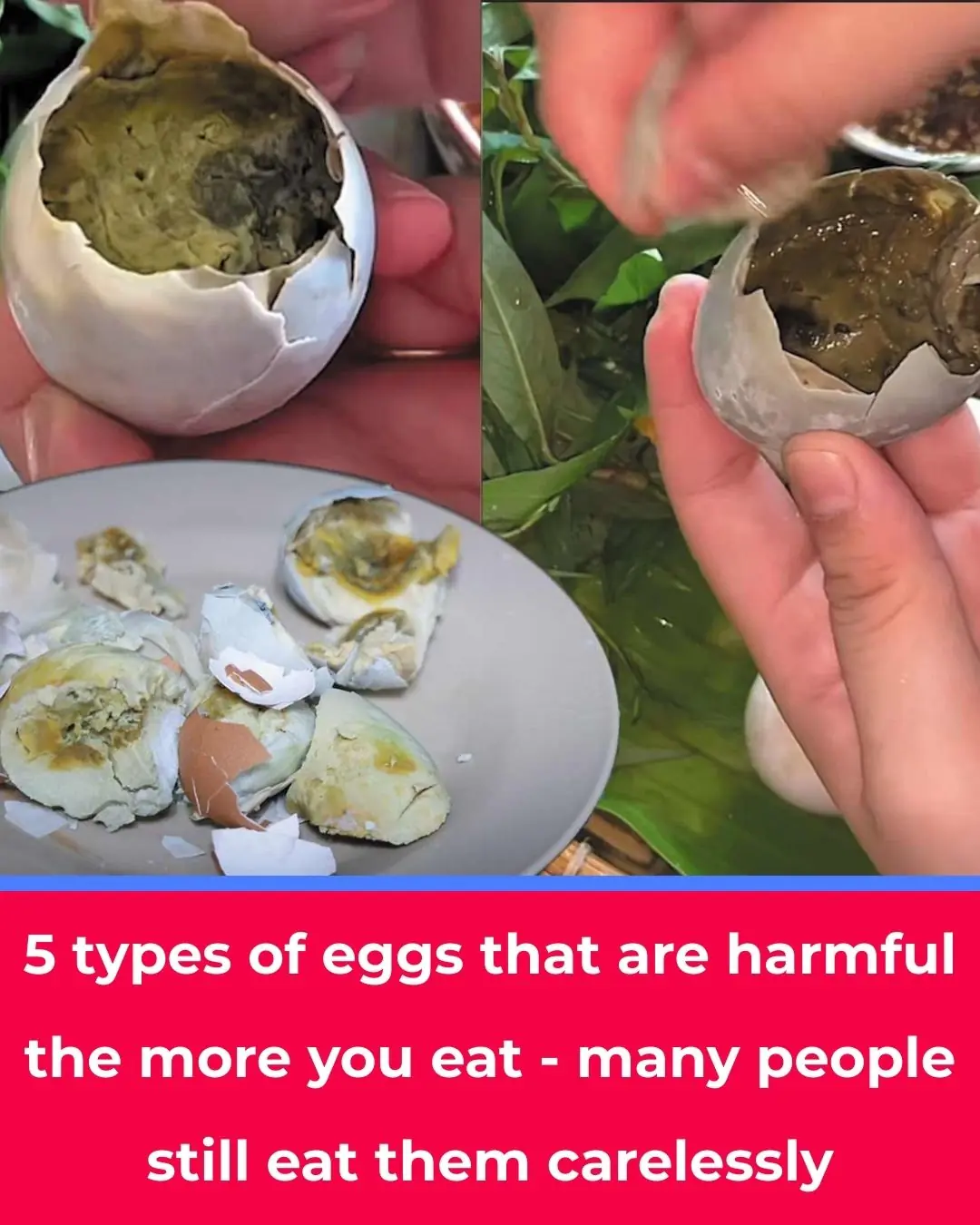
5 Types of Eggs That May Be Harmful if Eaten Regularly

Cancer cells disappeared after 5 months thanks to consistent medical treatment

Qatar Launches Massive Desalination Plant Producing 600 Million Liters of Fresh Water Daily

My Nana’s 2-Minute Hack to Make a Stainless Steel Sink Shine With Zero Effort

12-Year-Old Innovator Creates Low-Cost Virus-Removing Air Filter Adopted Across Connecticut

The Hidden Risks of Storing Cooked Rice the Wrong Way

The Secret Purpose of the Metal Rods in Car Headrests
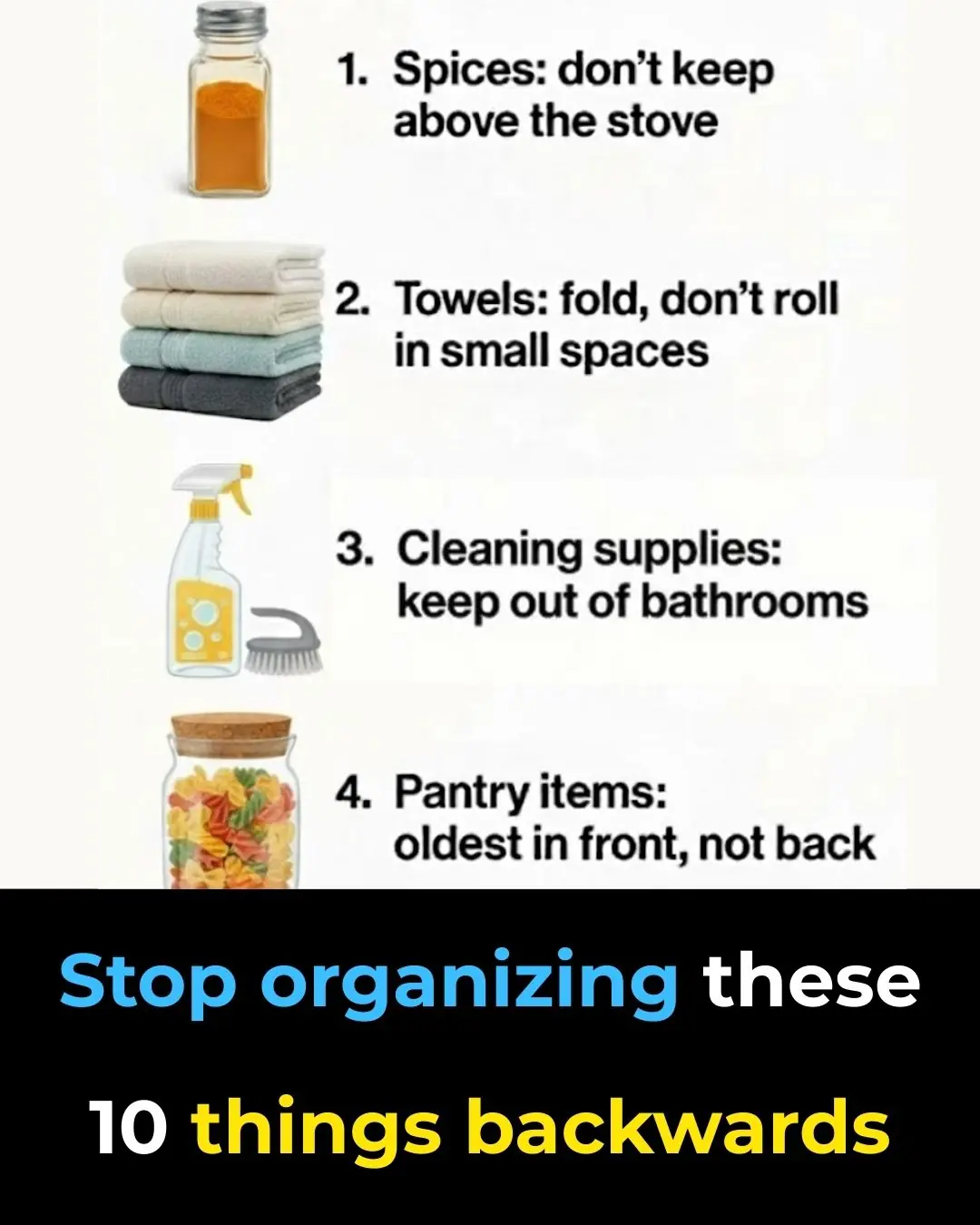
Stop Organizing These 10 Things the Wrong Way

California Scientists Grow Fully Functional Human Skin With Sweat Glands for Burn Patients
